Our Work
Explore our renovation and construction projects
Tap image → project
Home
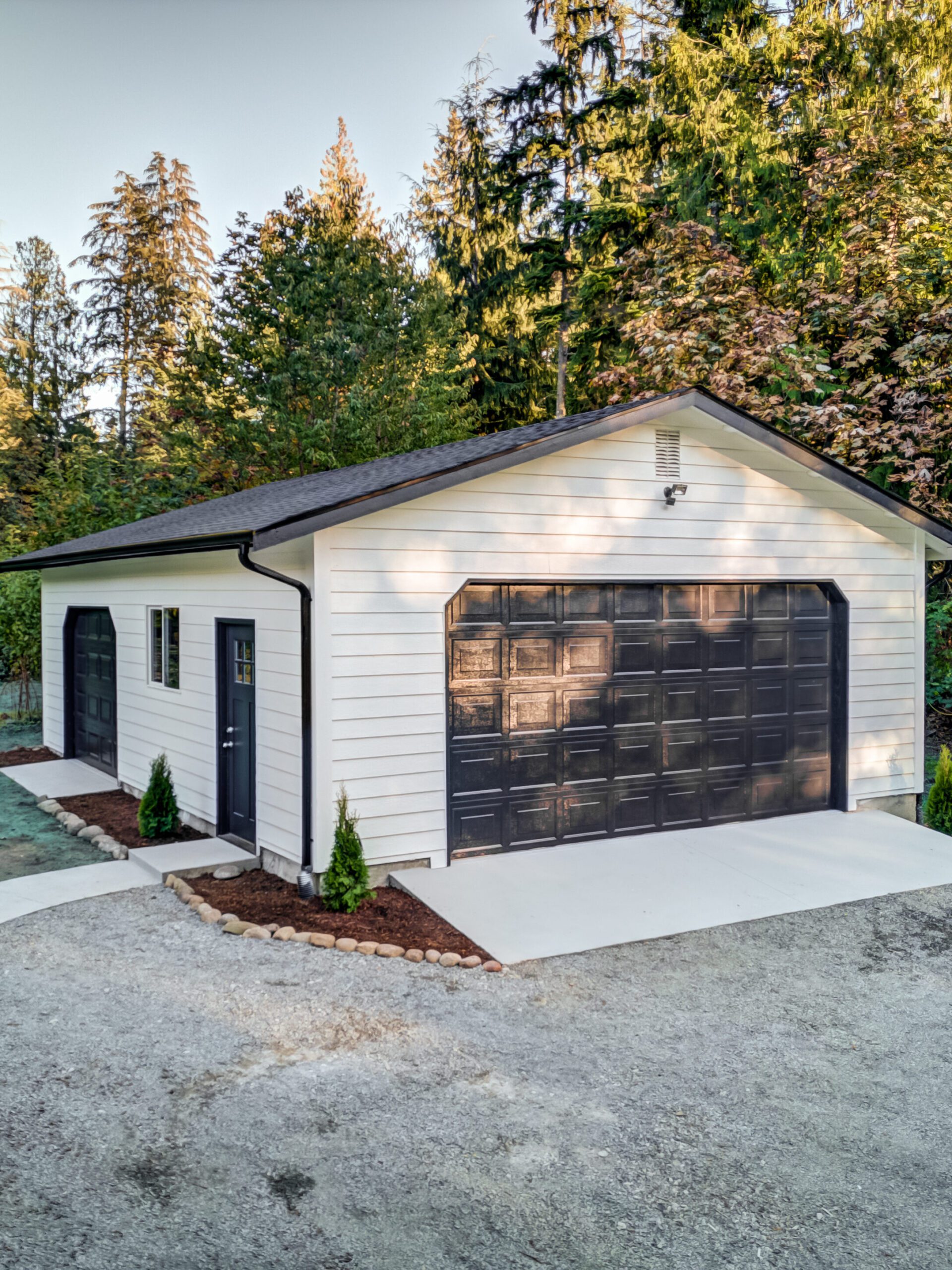

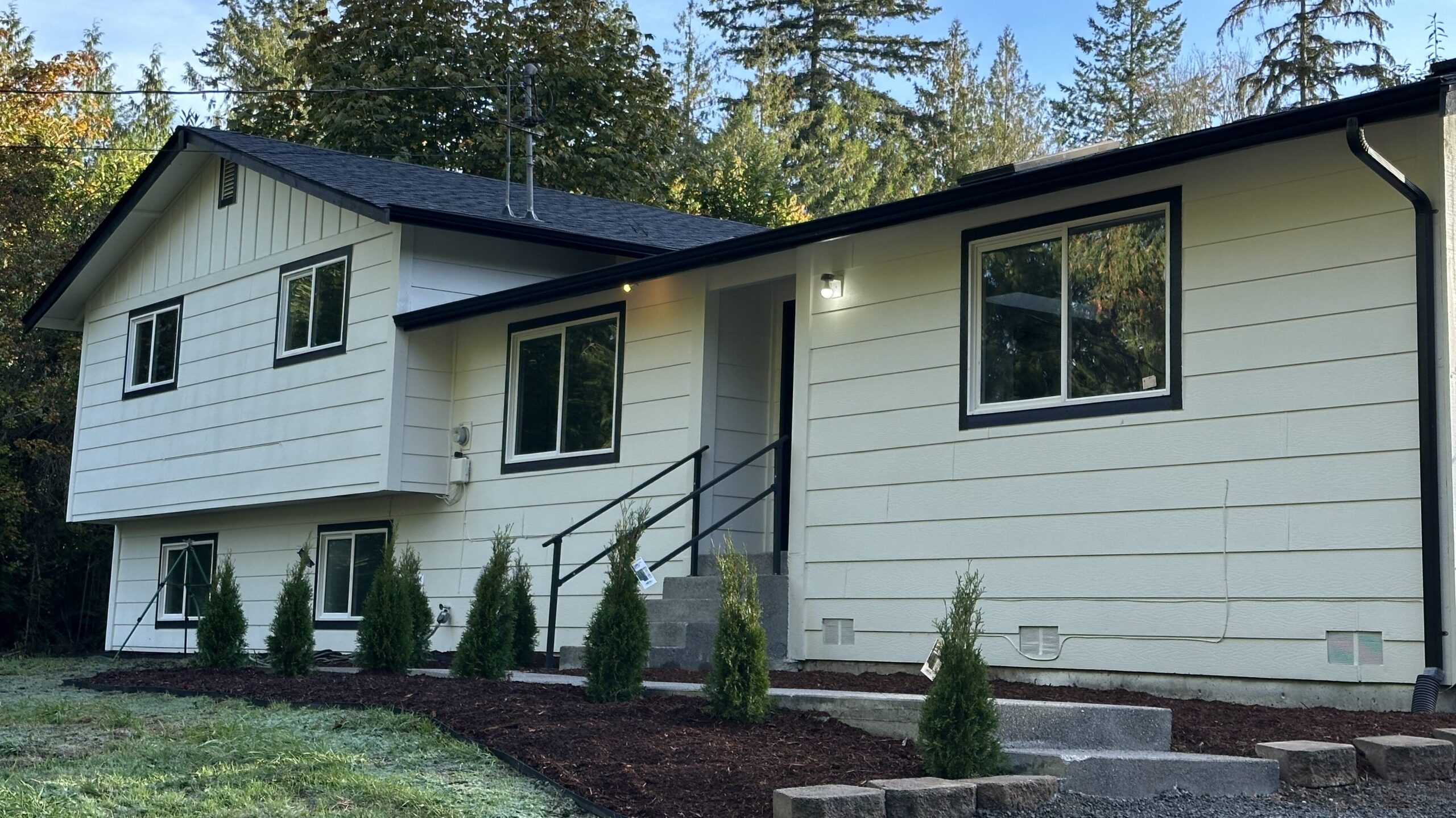

Kitchen




Living Room


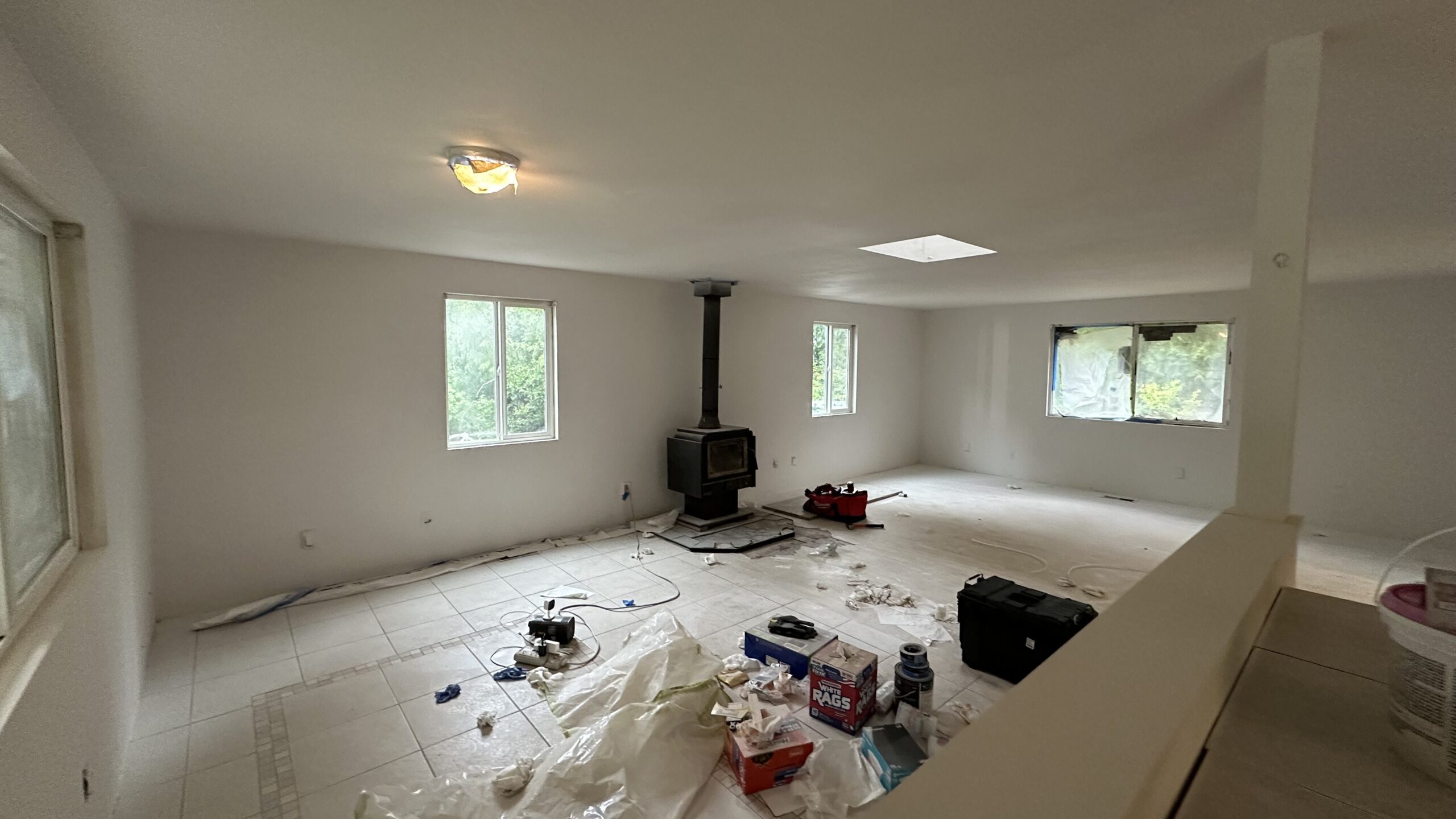
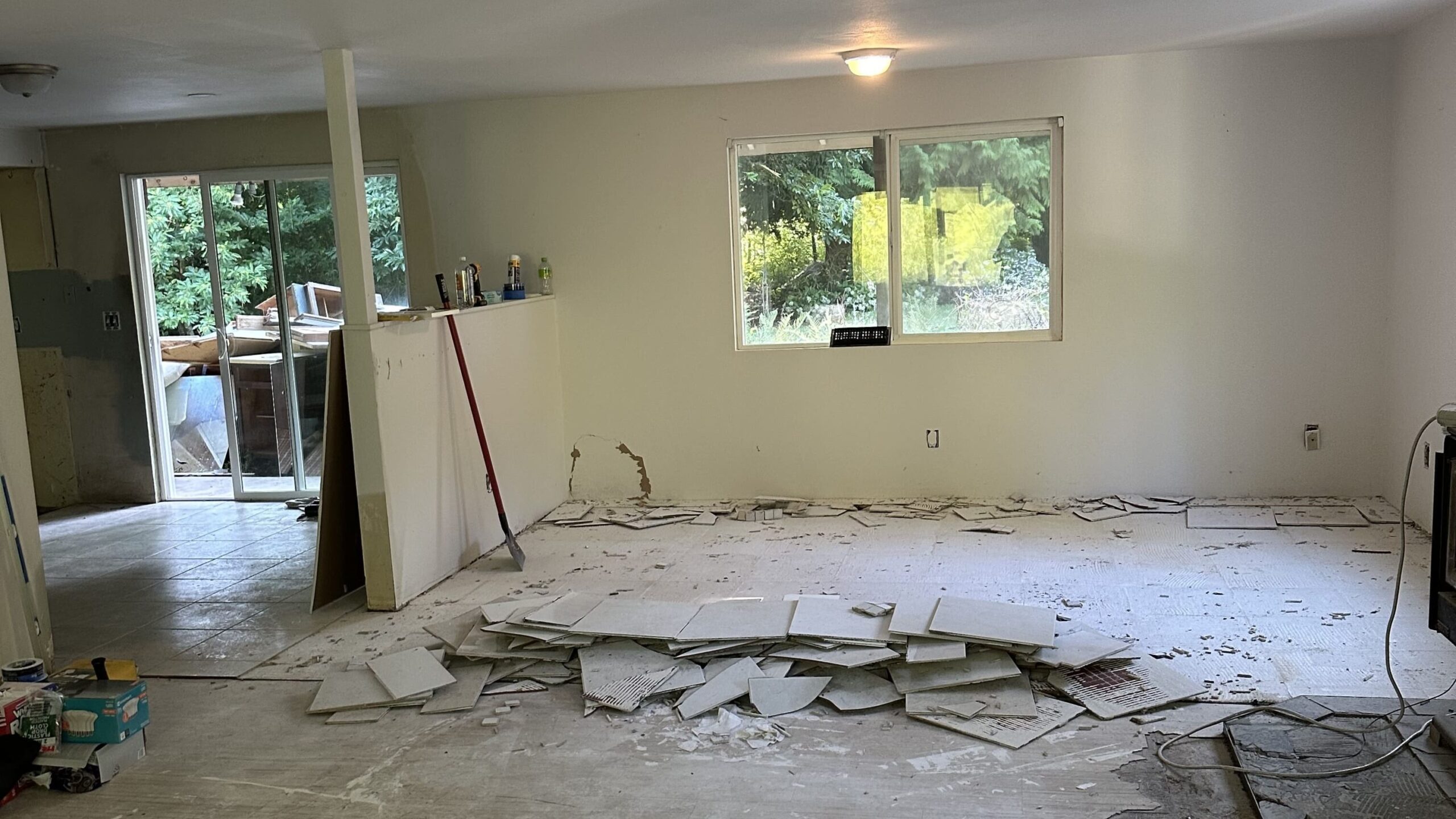
Bathroom
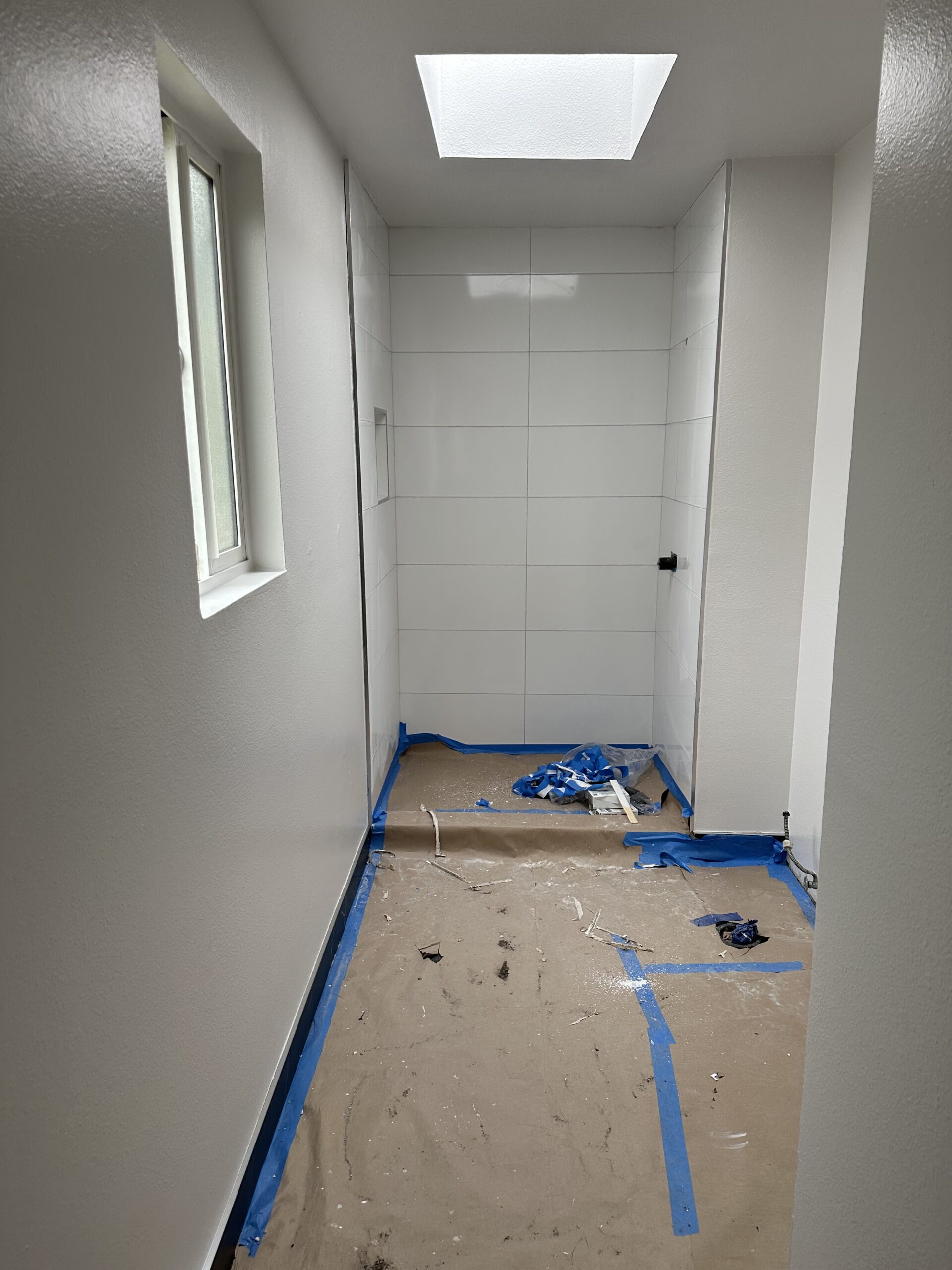


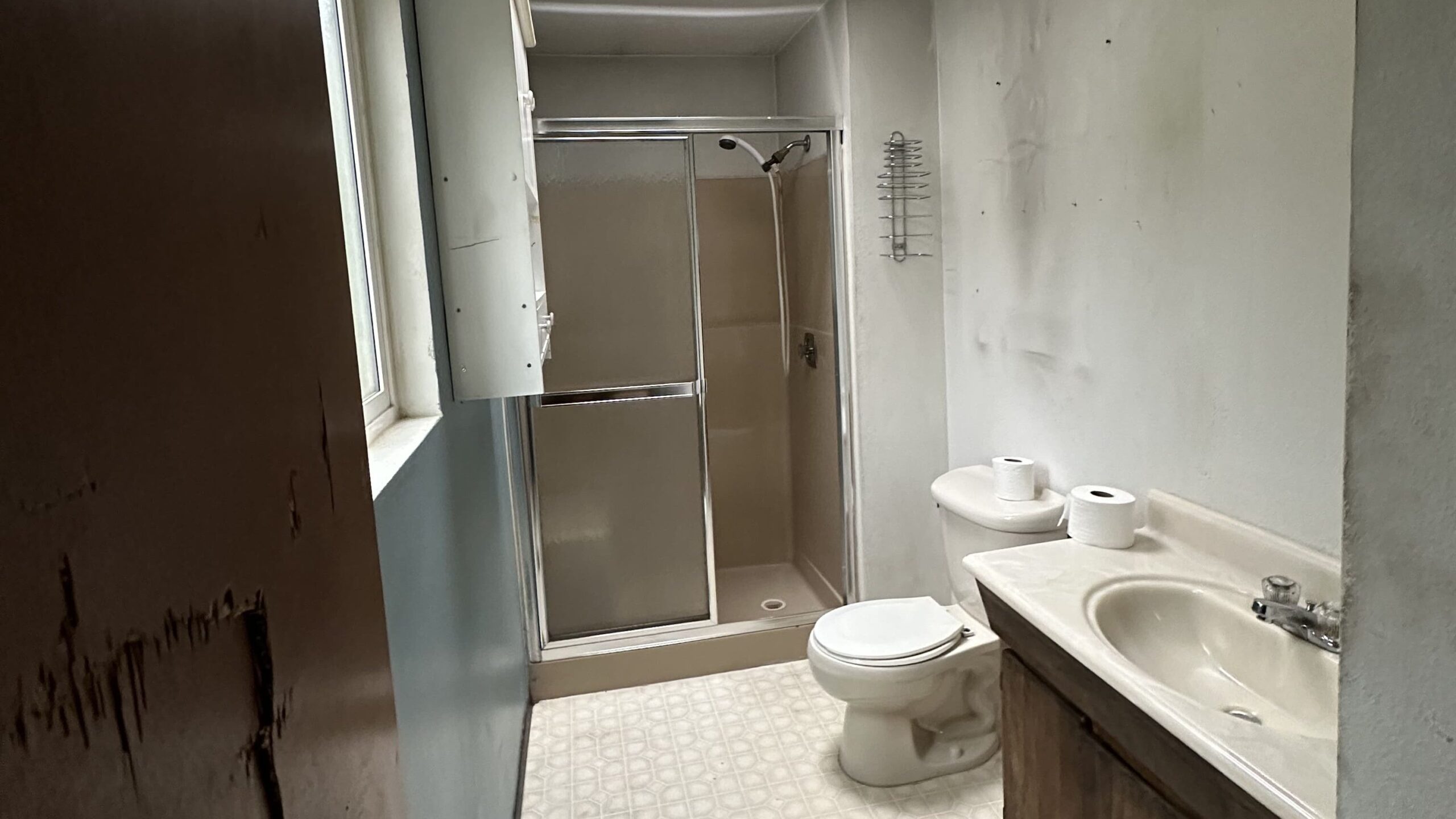
Roof Repair




Exterior Pavement


Digging, Plumbing & Repair
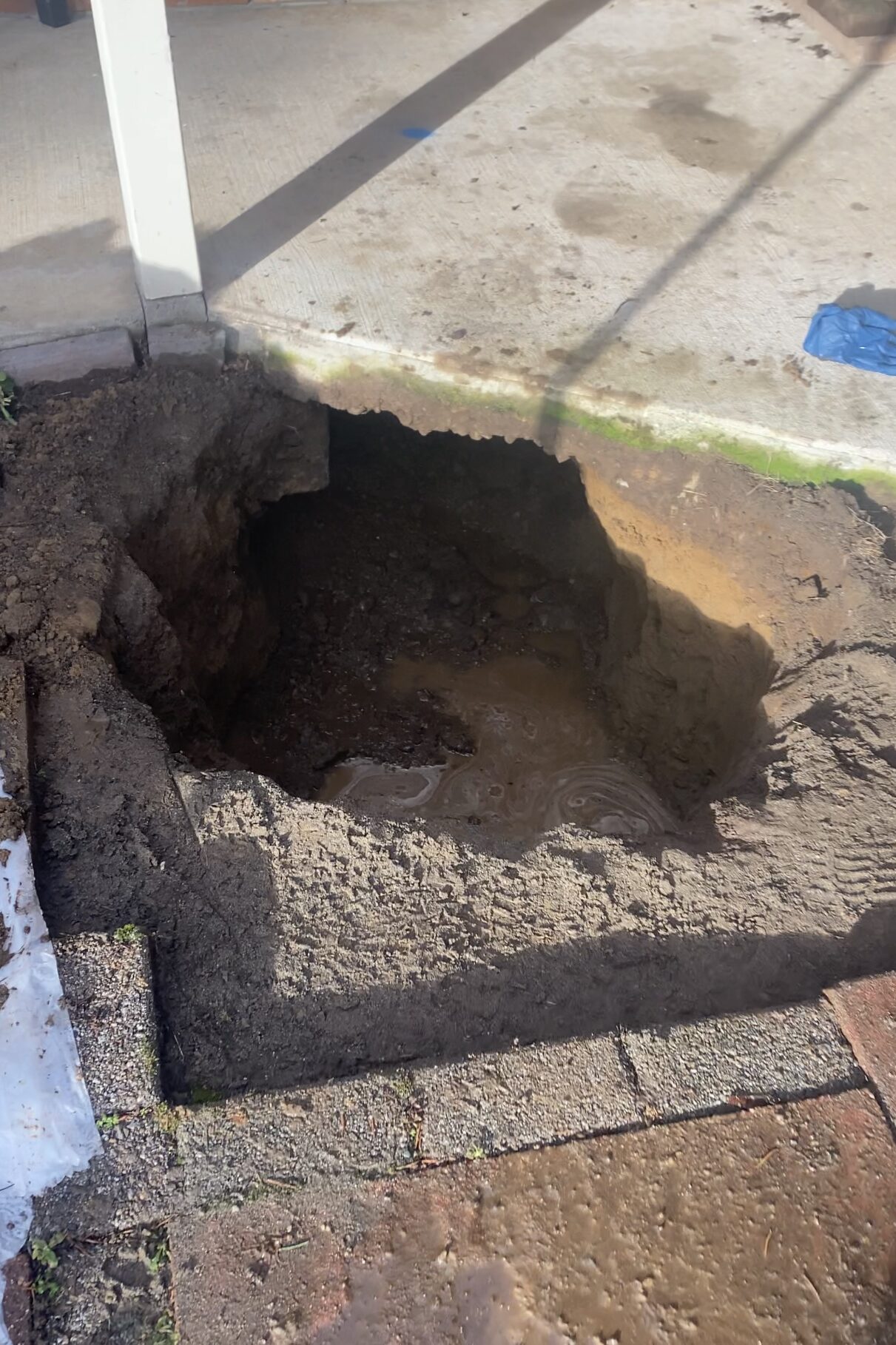


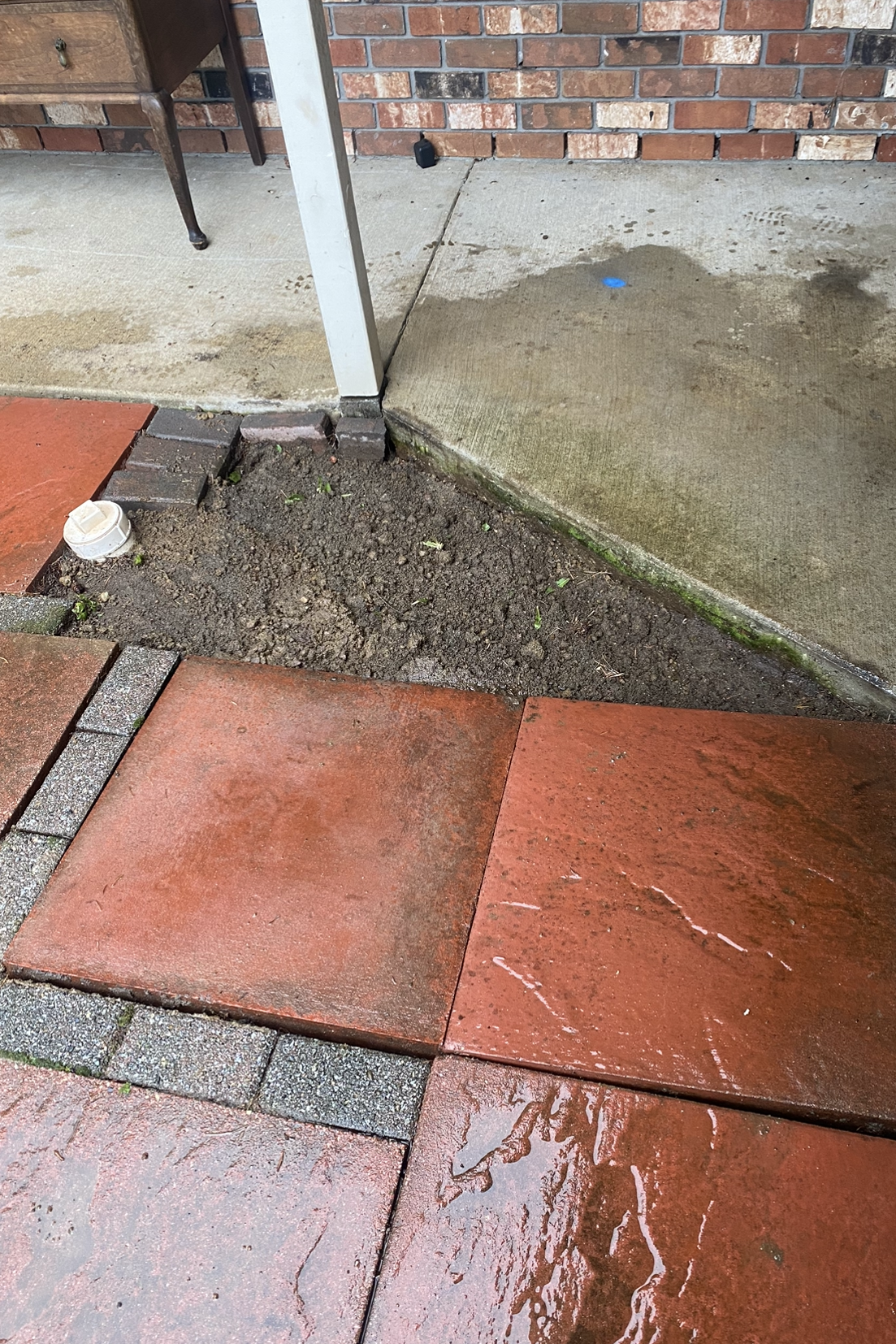
Solar Panels

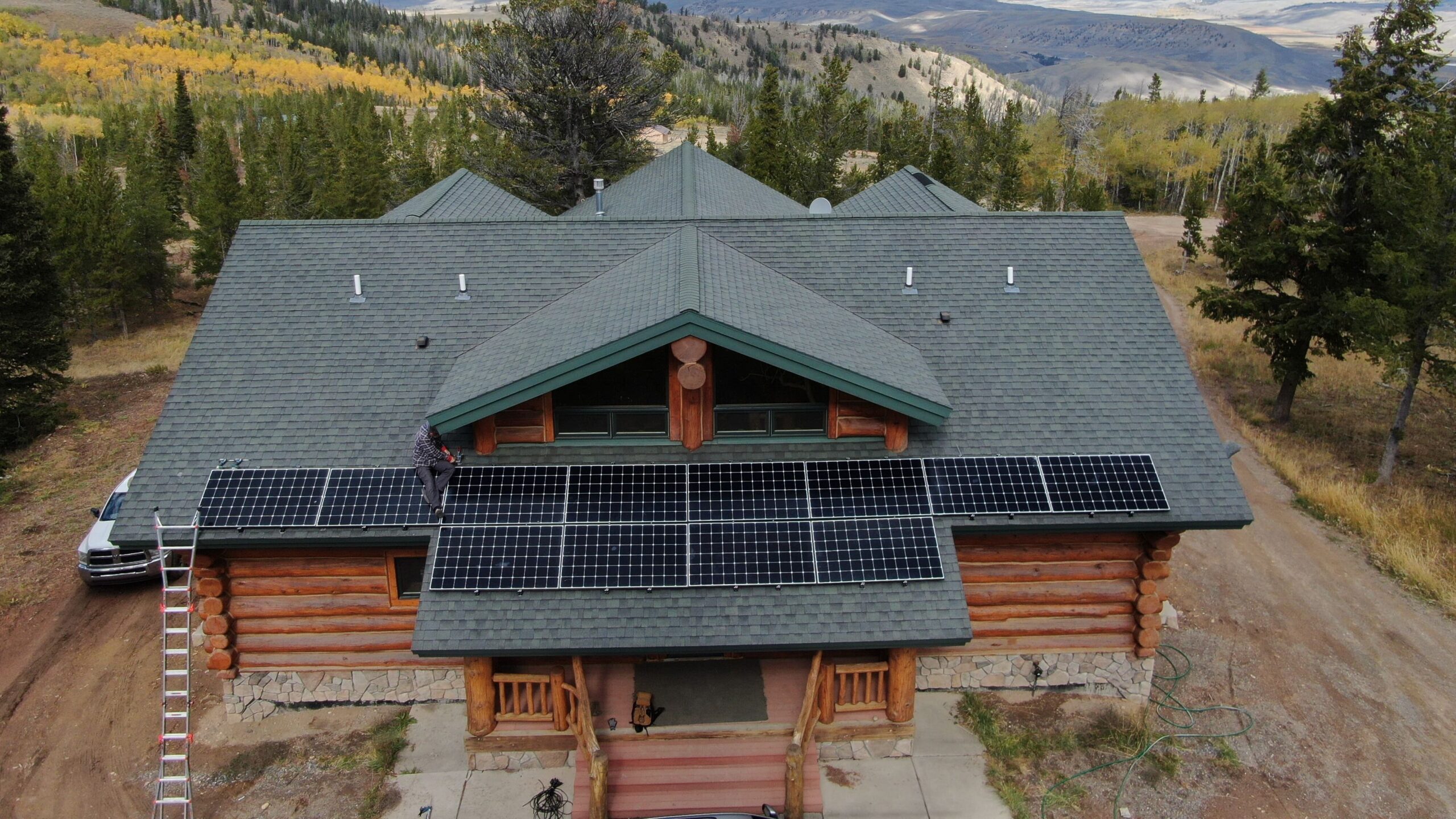
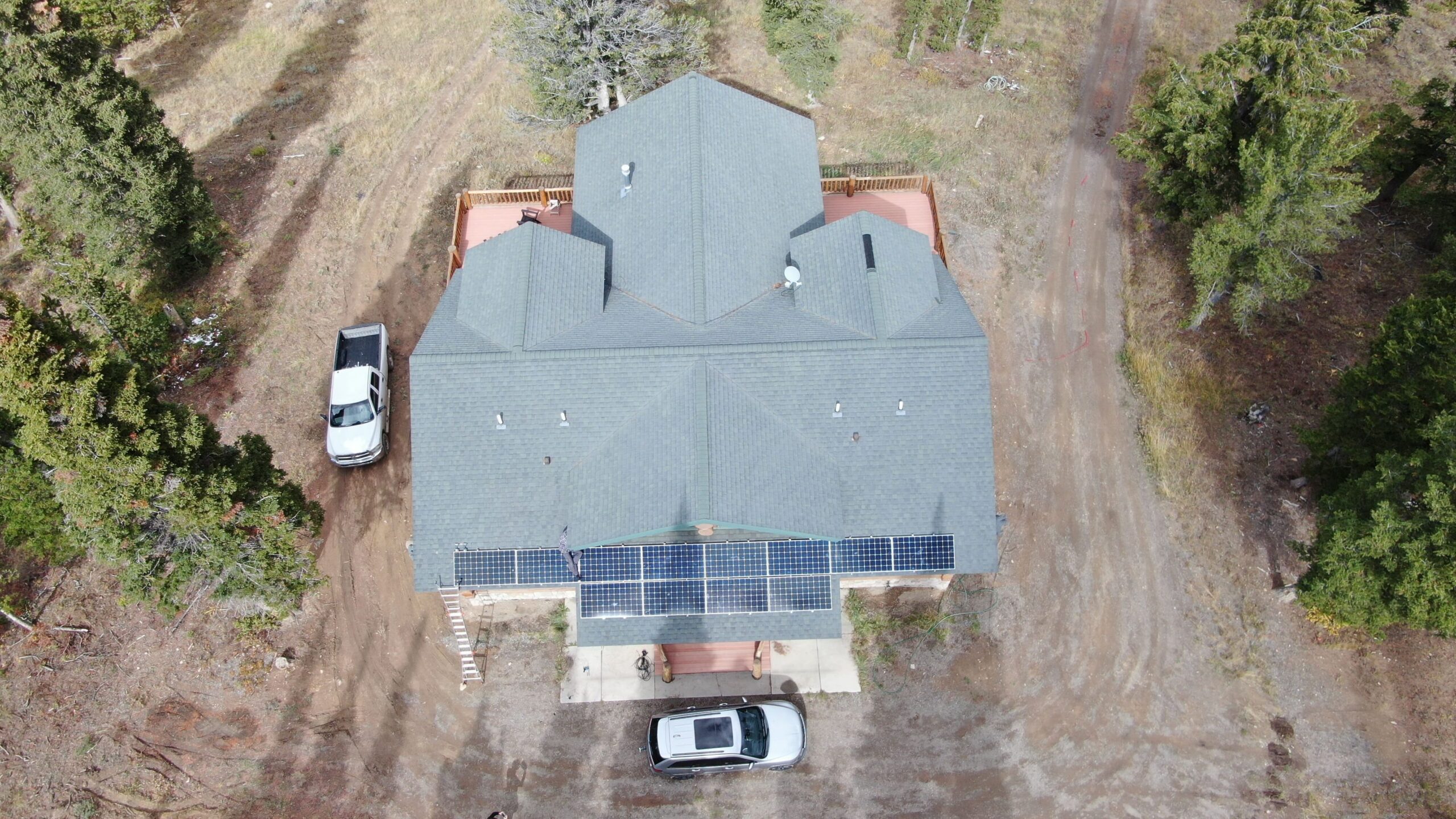































This will close in 0 seconds


This will close in 0 seconds


This will close in 0 seconds


This will close in 0 seconds
Disclaimer: This information is provided as a general guide. Tax policies can change, so please consult a tax professional or official government resources for personalized advice.
1. Federal Solar Tax Credit (Residential Clean Energy Credit)
2. State and Local Incentives
3. Consult a Tax Professional
4. Additional Tools & Quick Start
For any questions, please contact us:
This will close in 0 seconds
Selling extra energy generated by your solar panels back to the grid in the U.S. typically involves participating in a program like - net metering - or a similar solar buyback arrangement offered by your utility company. Here’s a step-by-step guide on how to do it:
1. Confirm Availability of Net Metering or Buyback Programs
2. Install a Grid-Tied Solar System
3. Sign Up for Net Metering or a Buyback Program
4. Generate and Send Excess Energy
5. Get Compensated
6. Monitor and Maintain
Key Tips
Quick Start
This process can save you $1,000–$2,000 annually on bills and earn modest extra income, depending on your setup and location.To find out if you qualify for tax incentives for buying solar panels for your home, you can use a combination of online resources, local contacts, and professional advice. Here’s where and how to check:
For any questions, please contact us:
This will close in 0 seconds